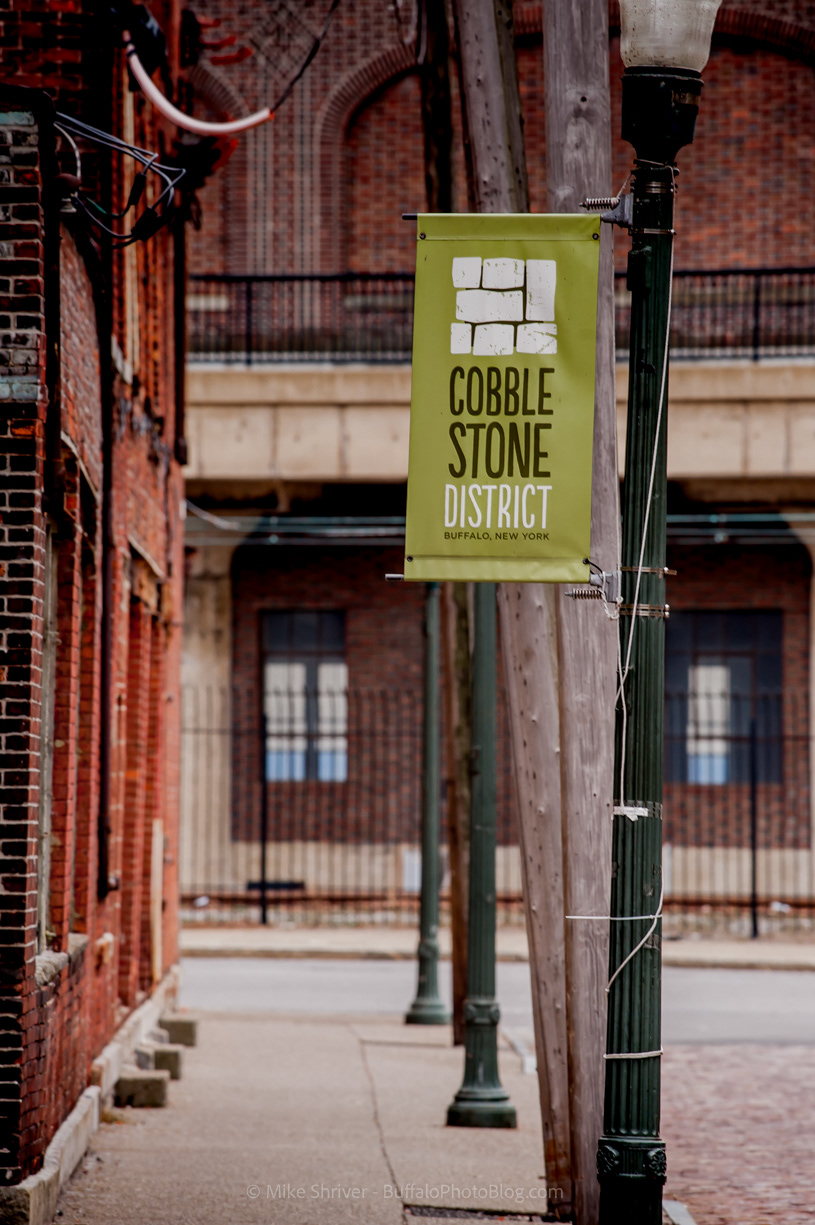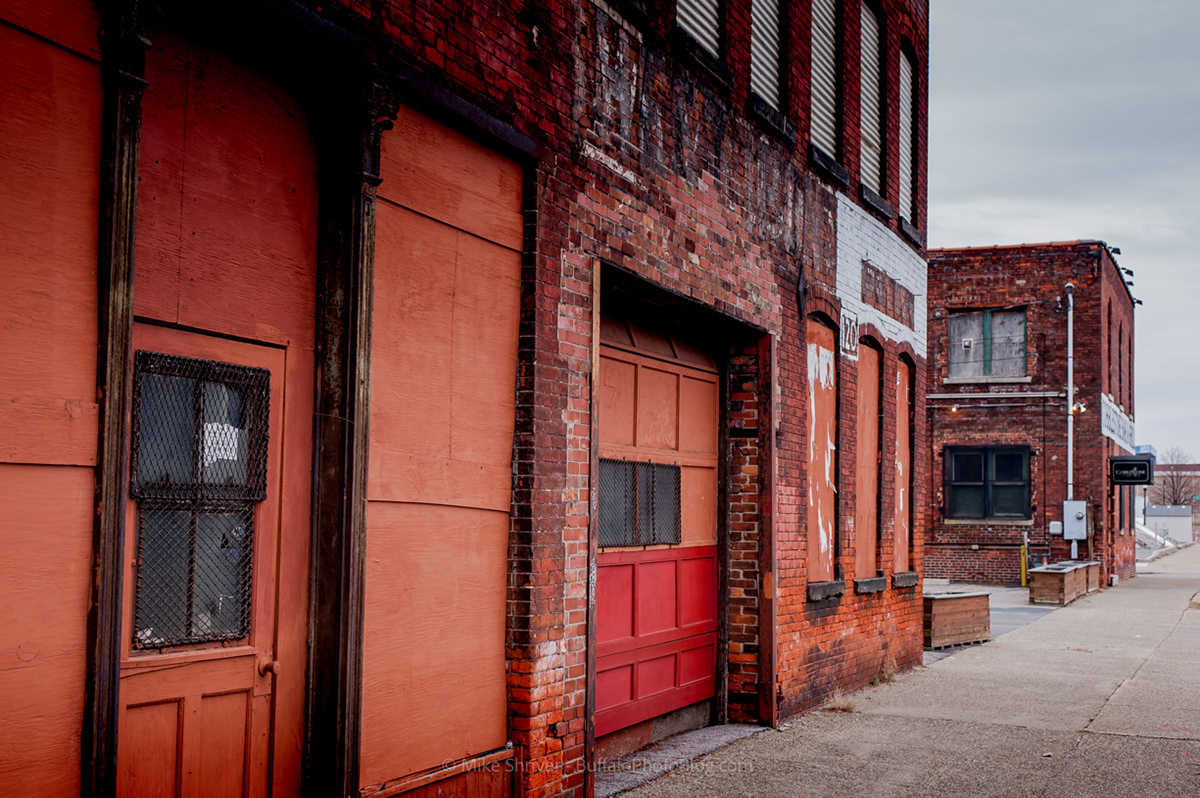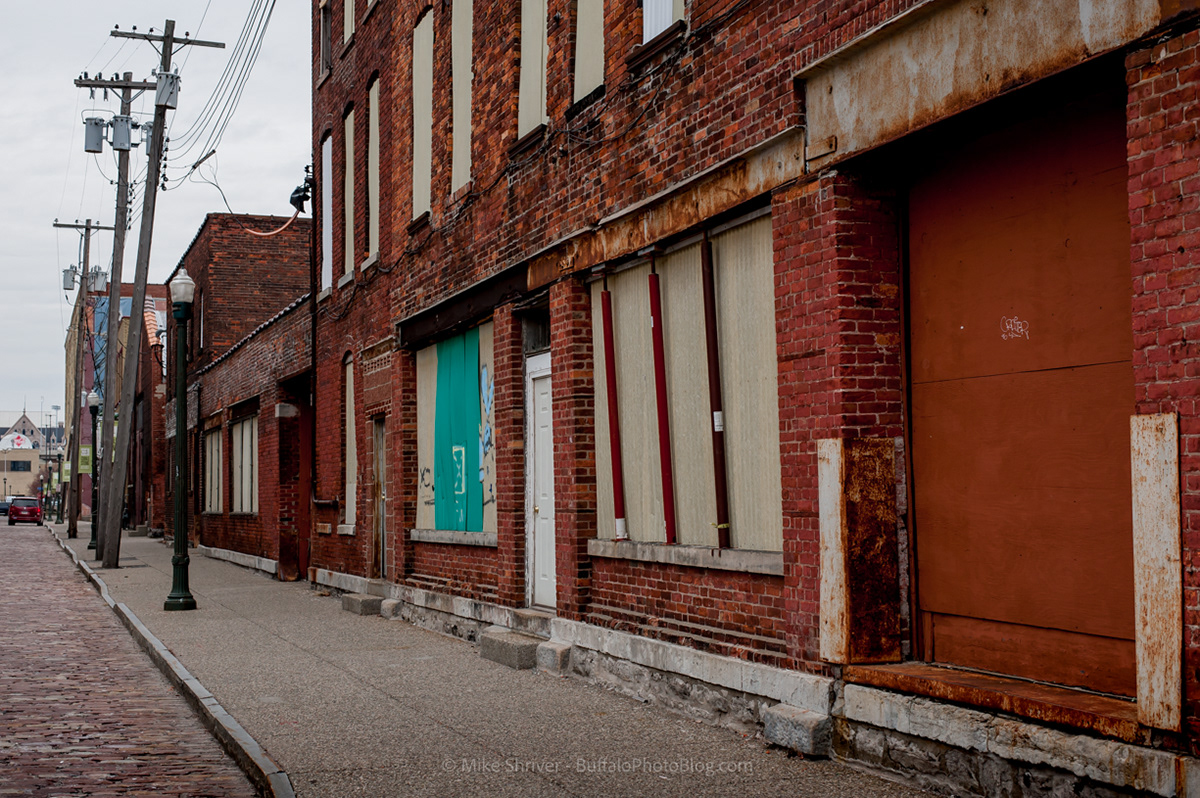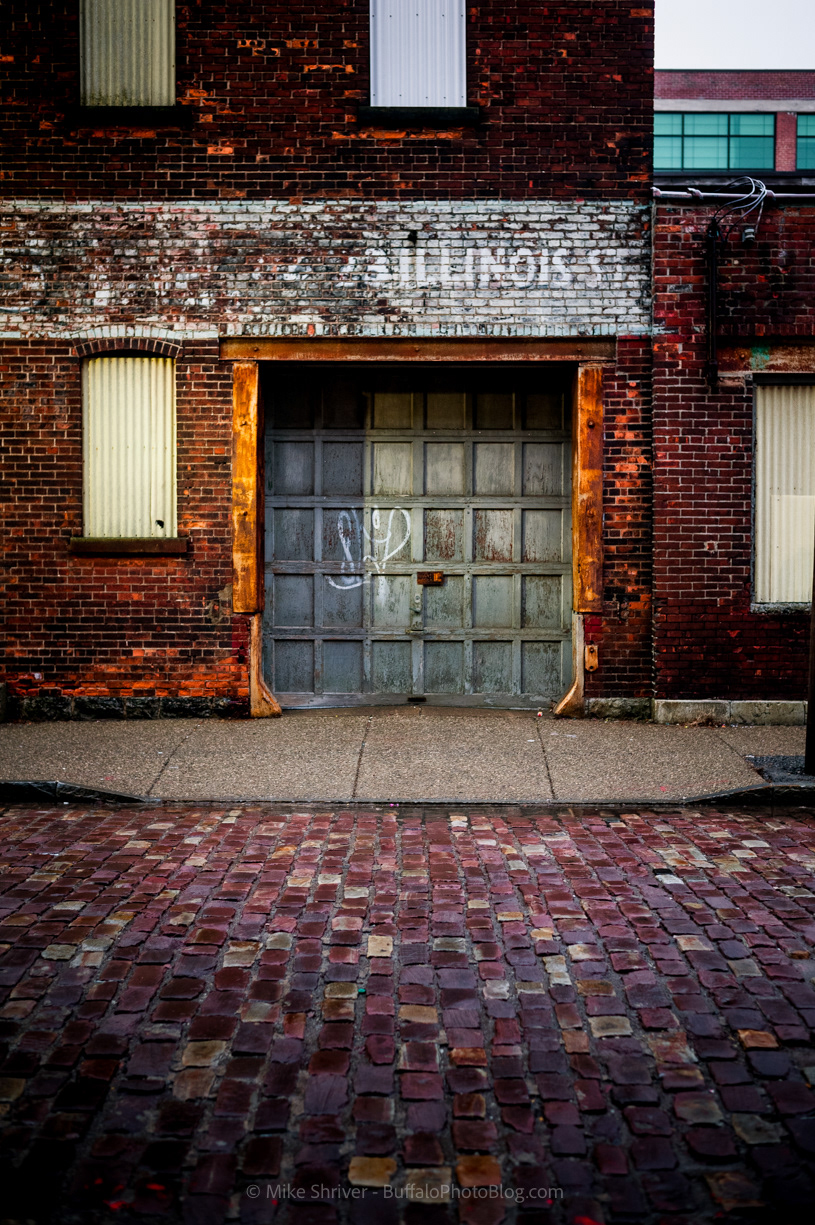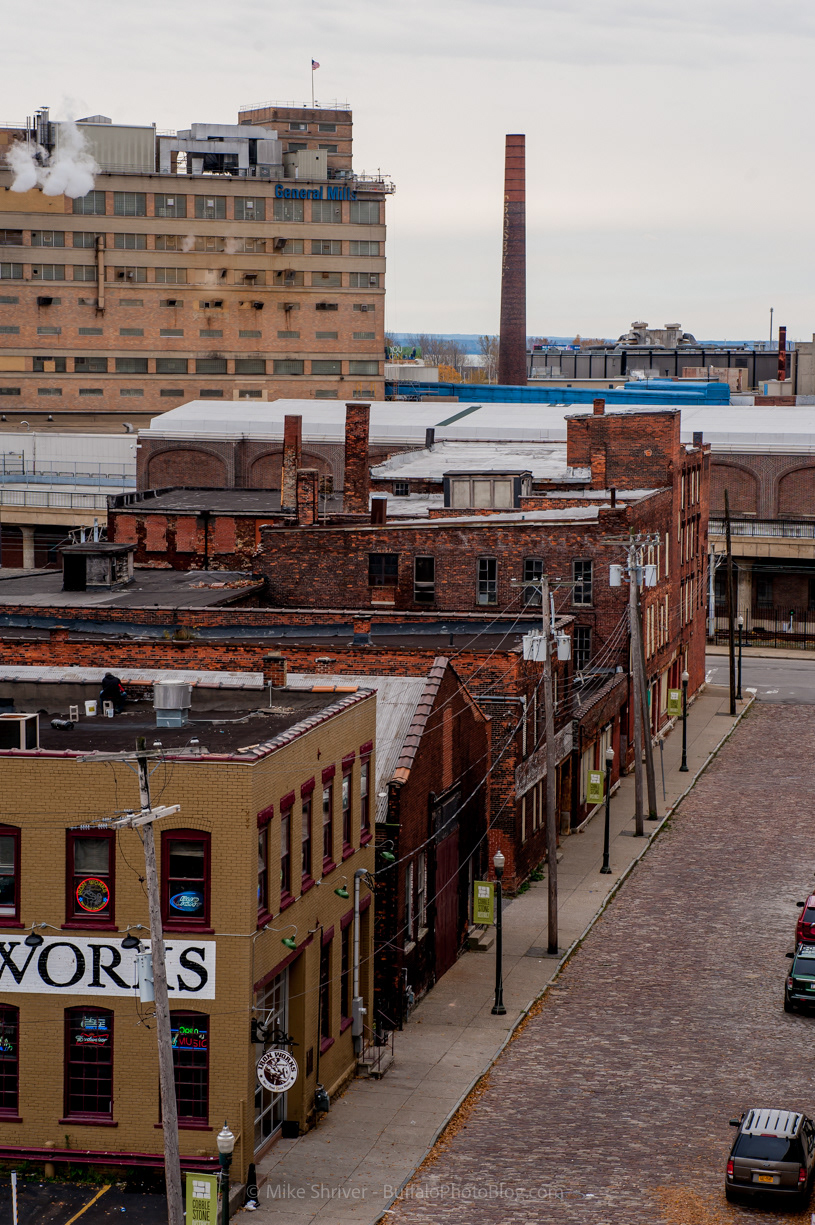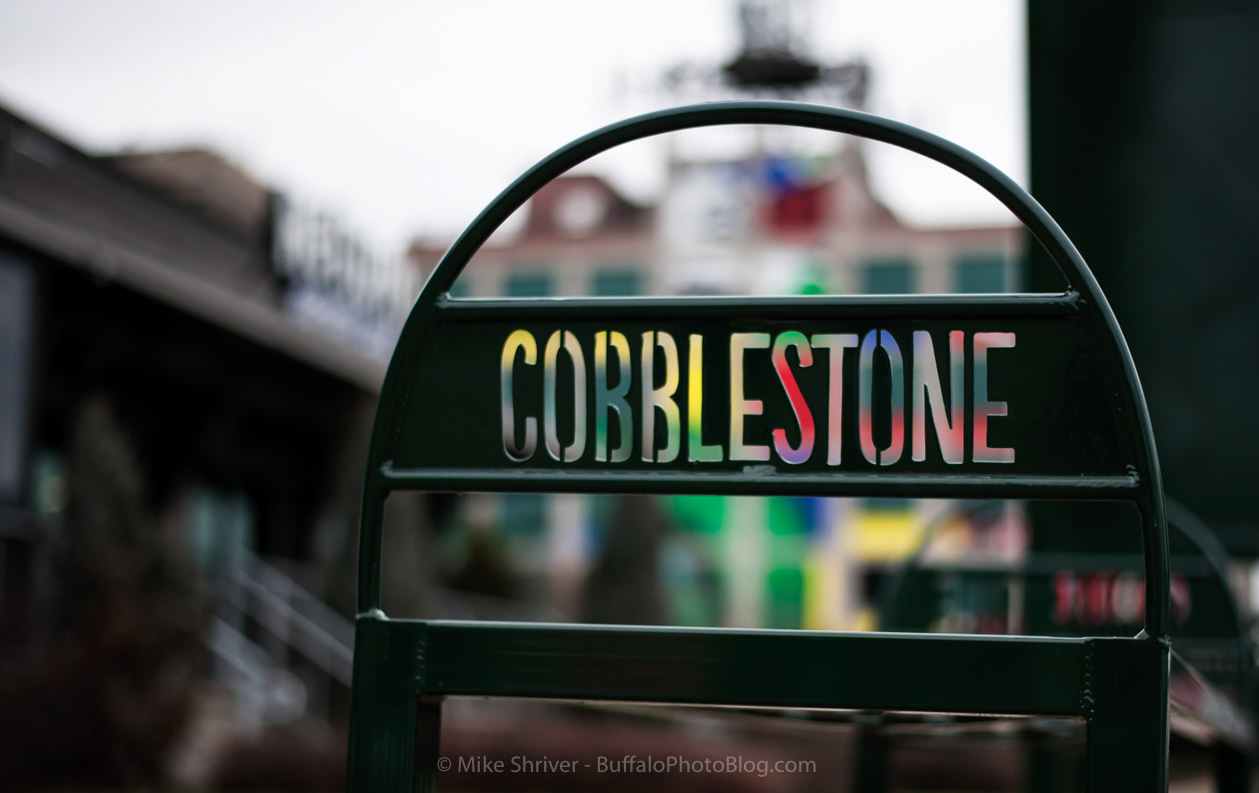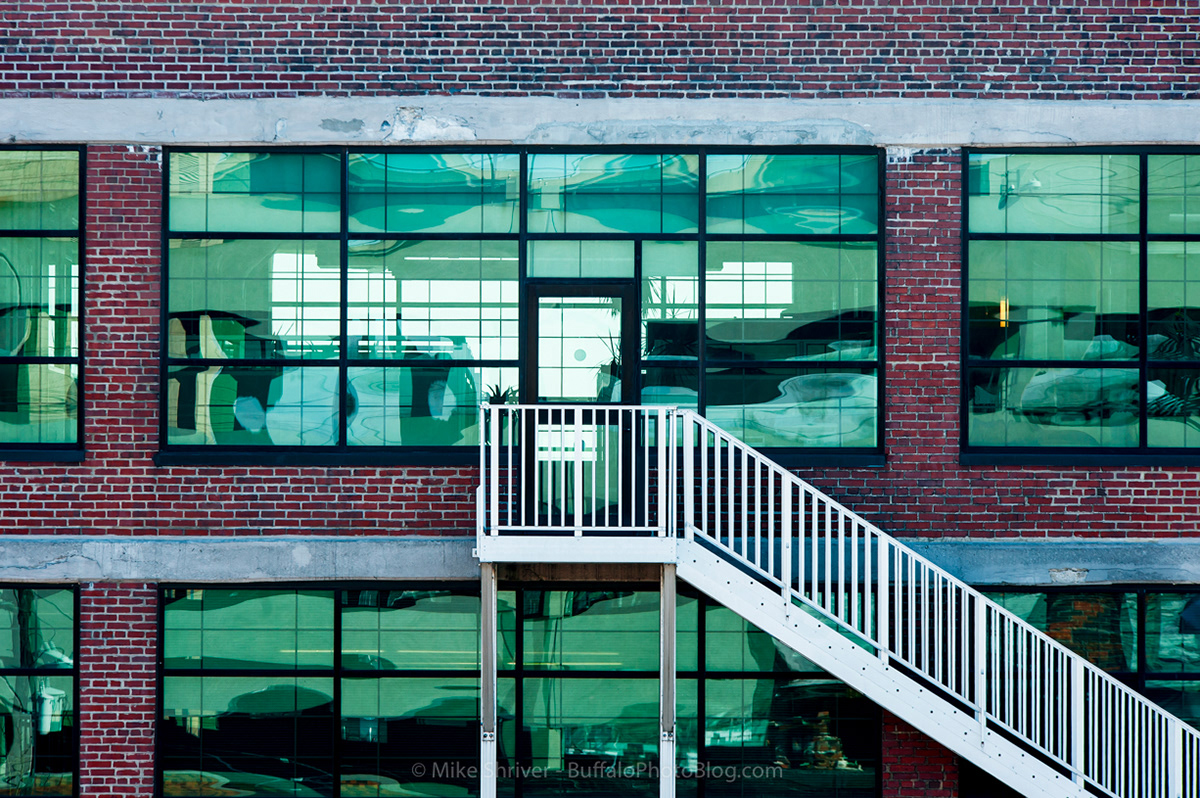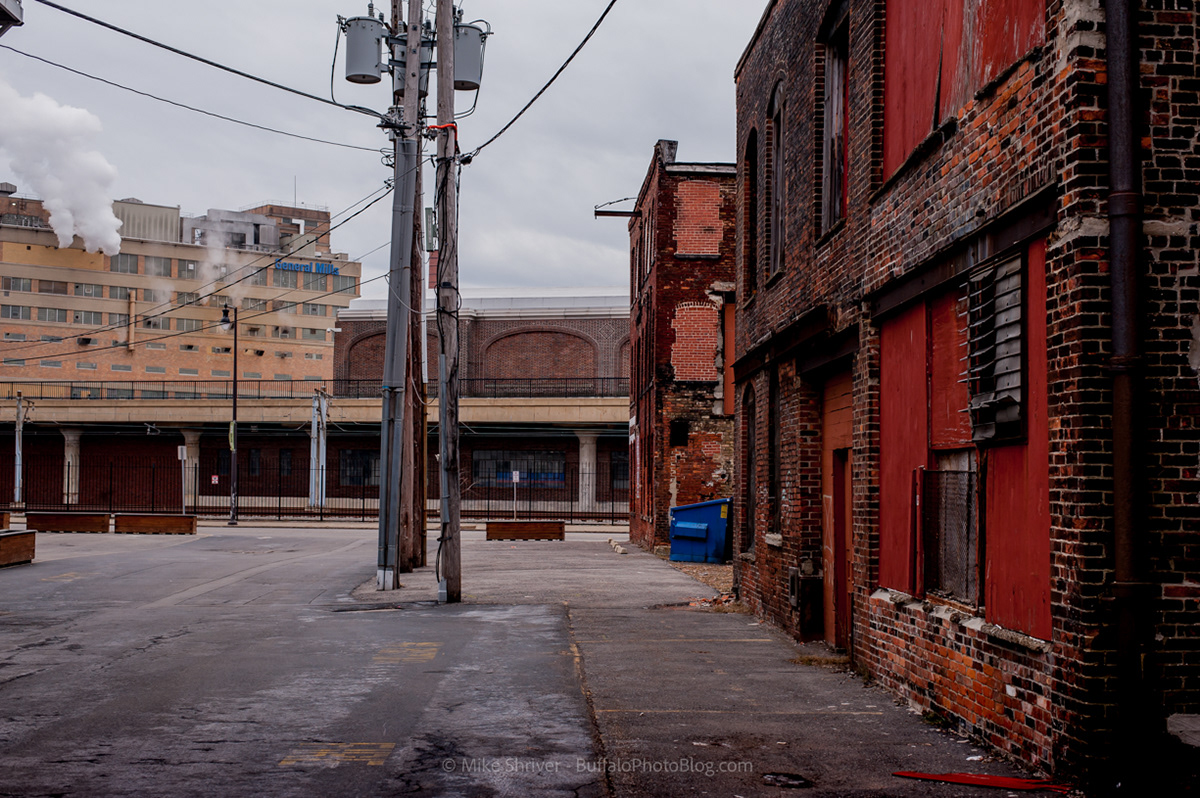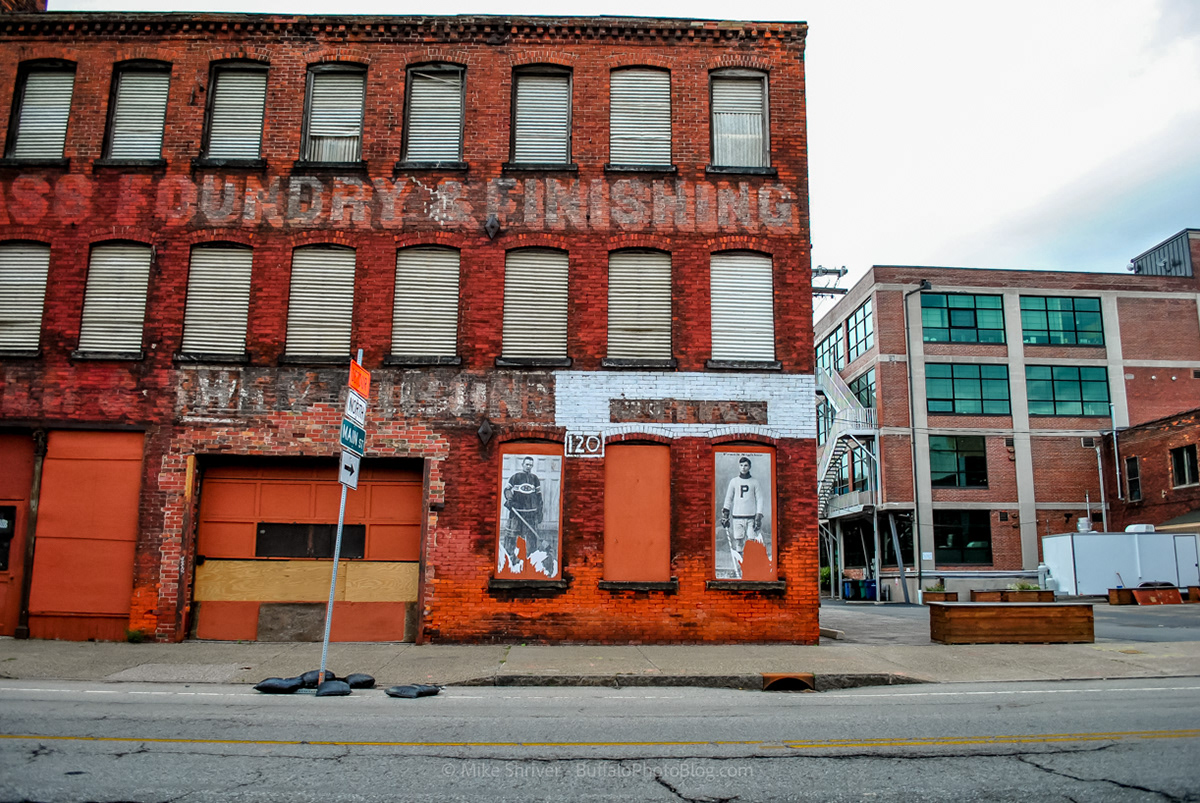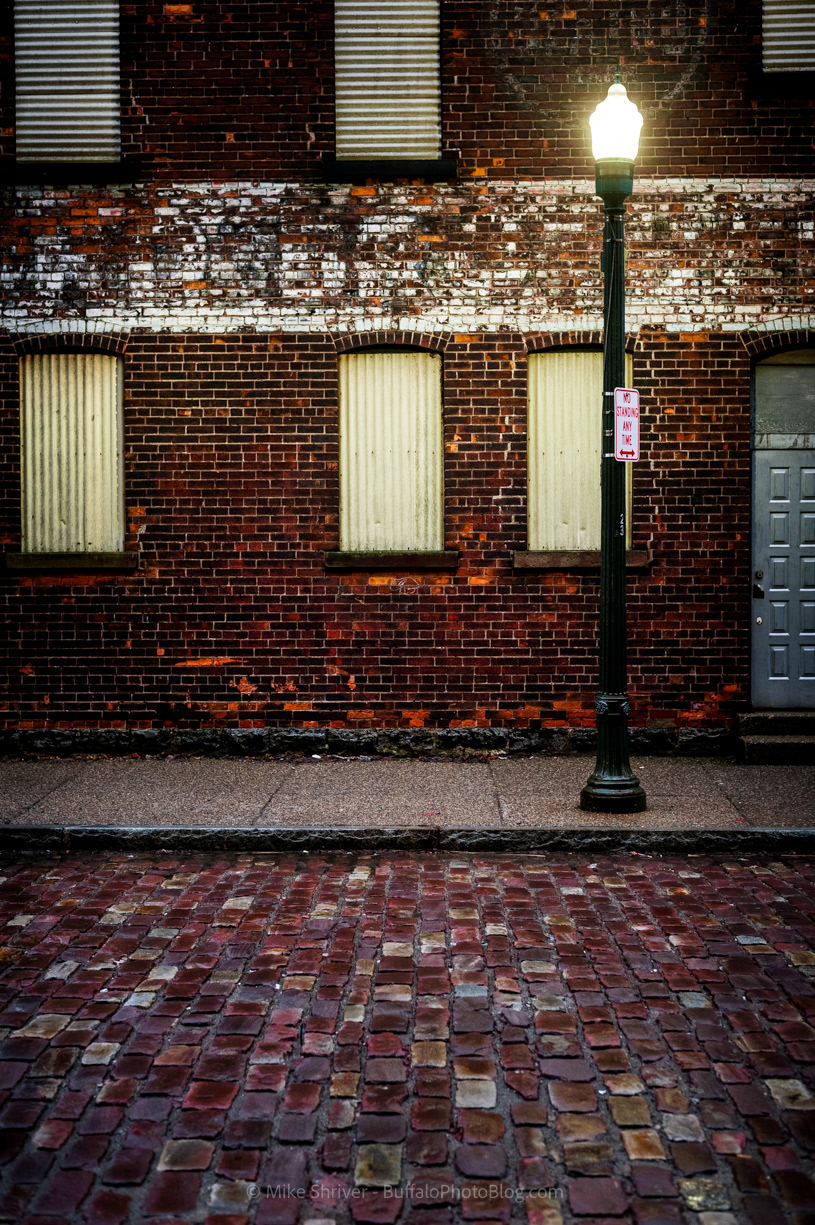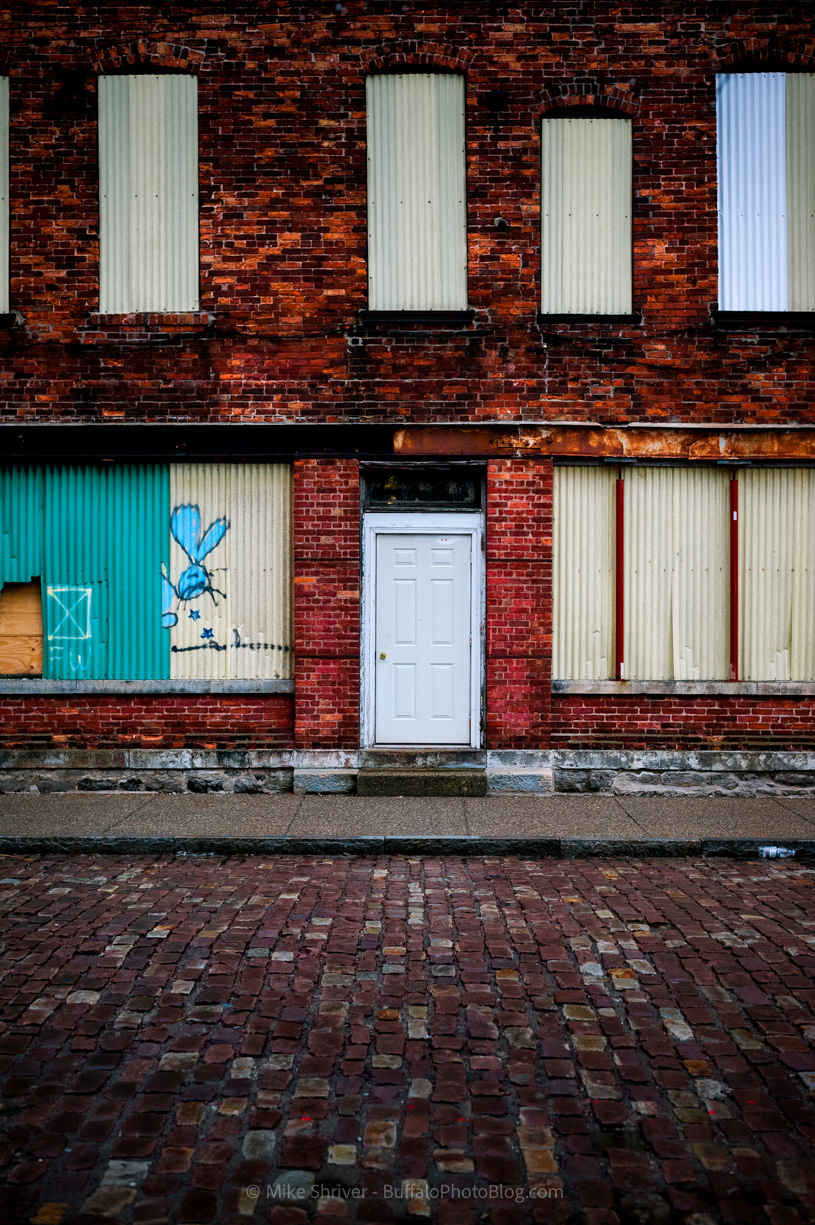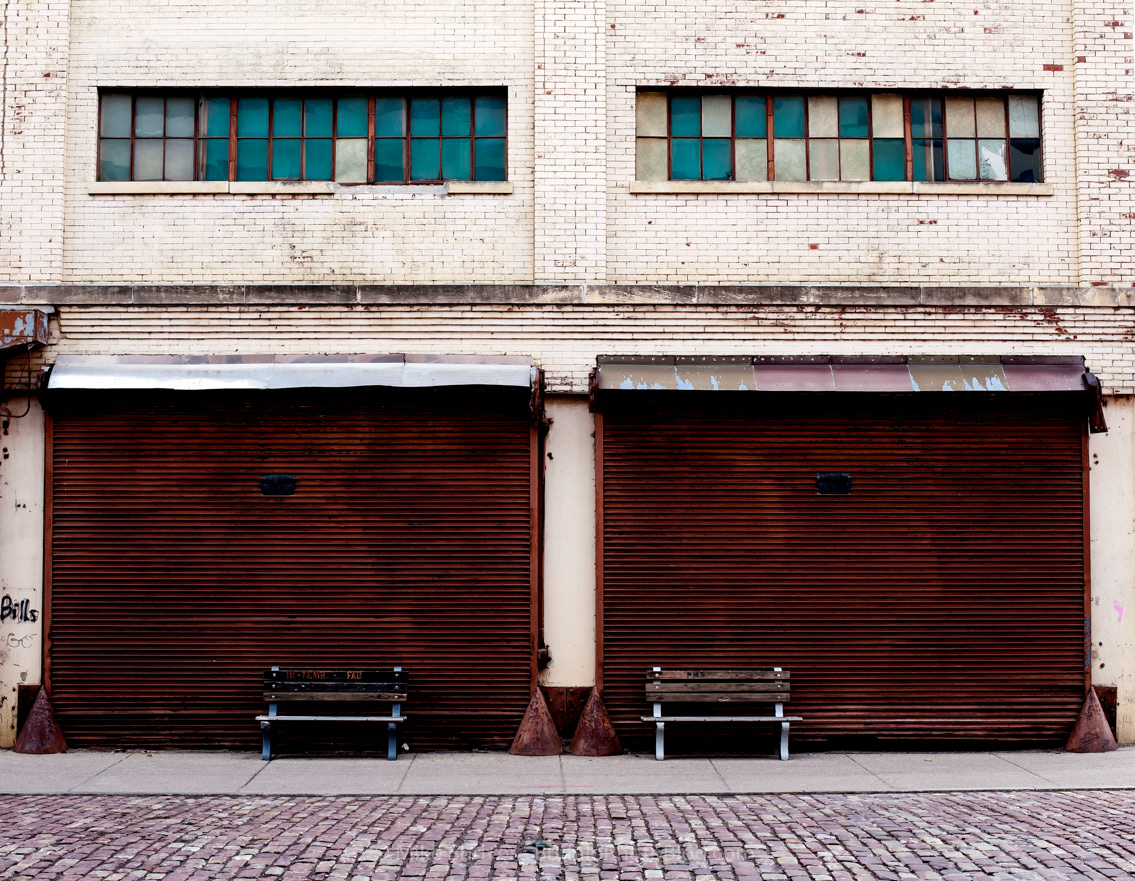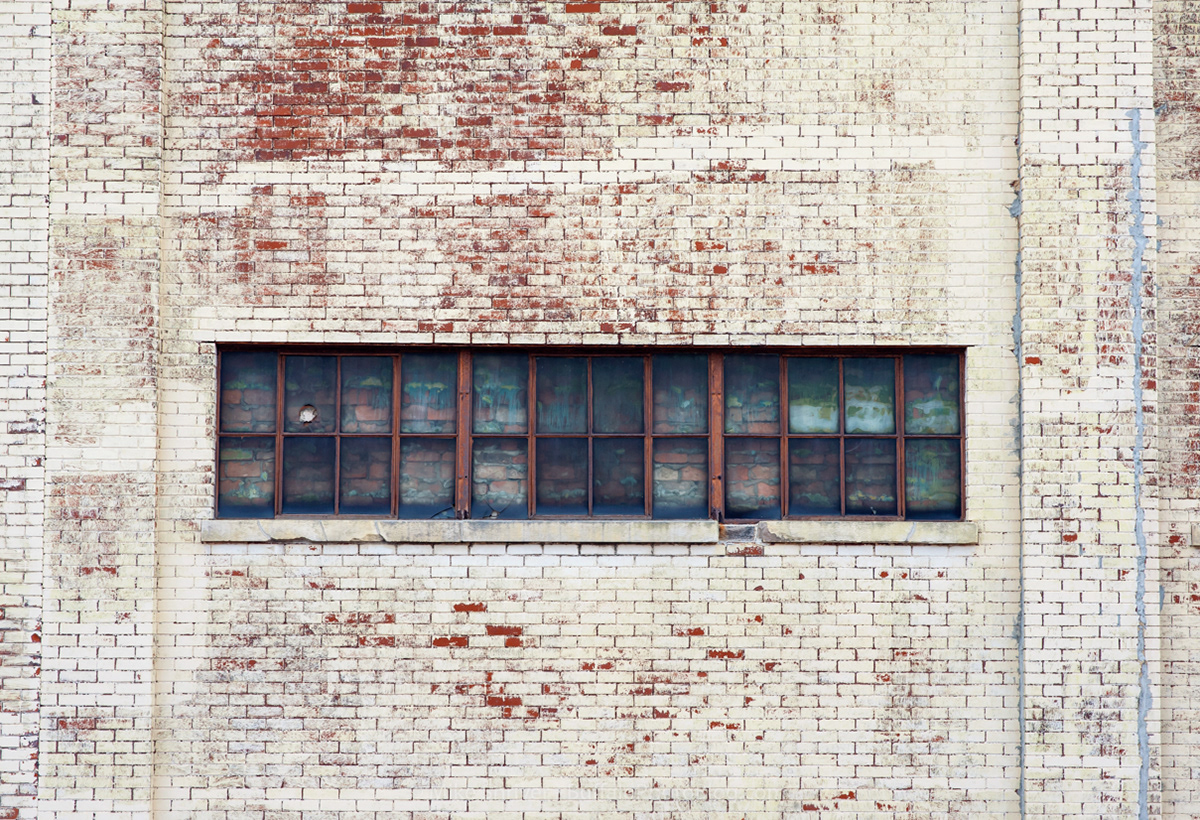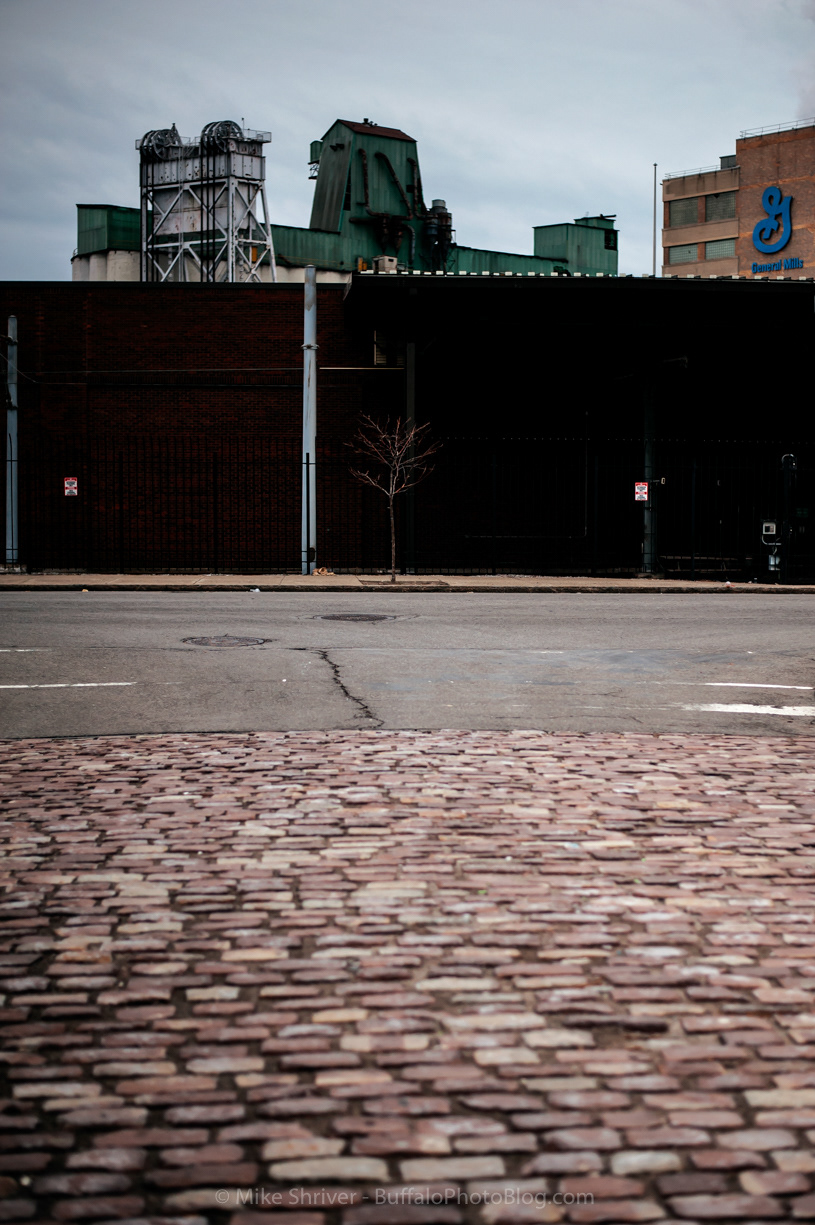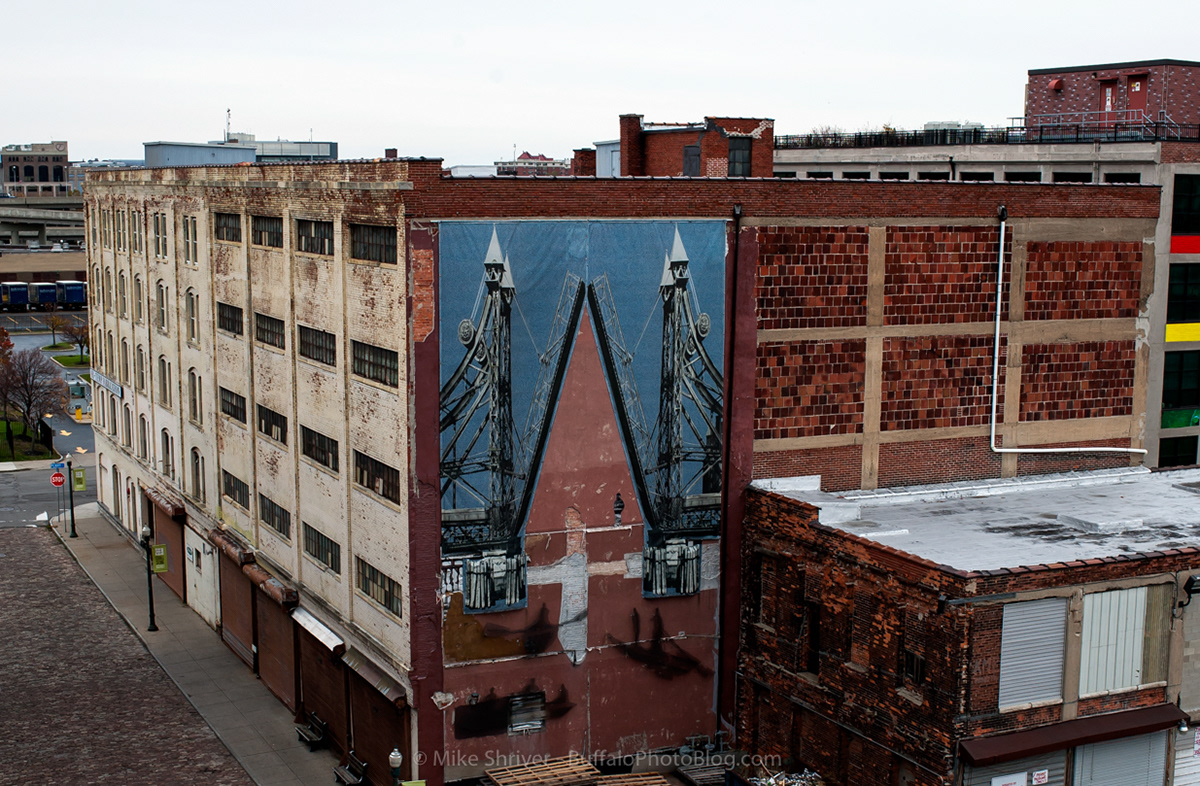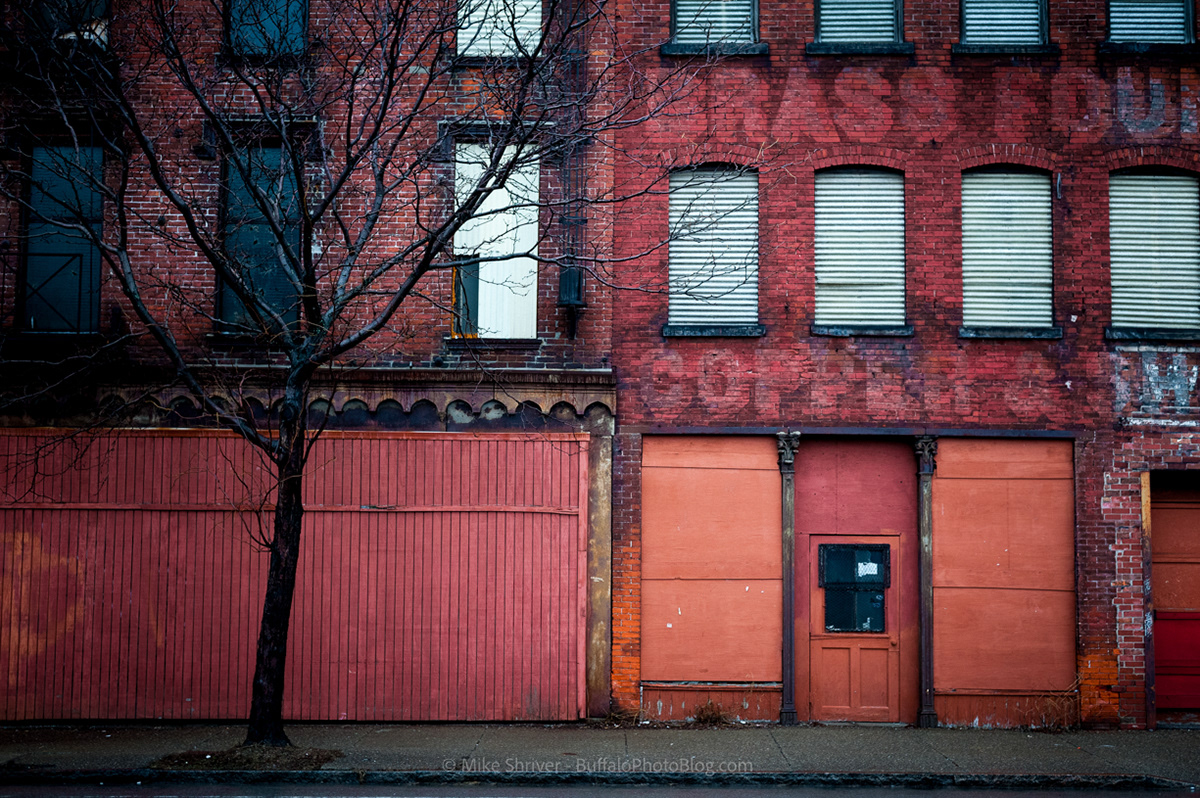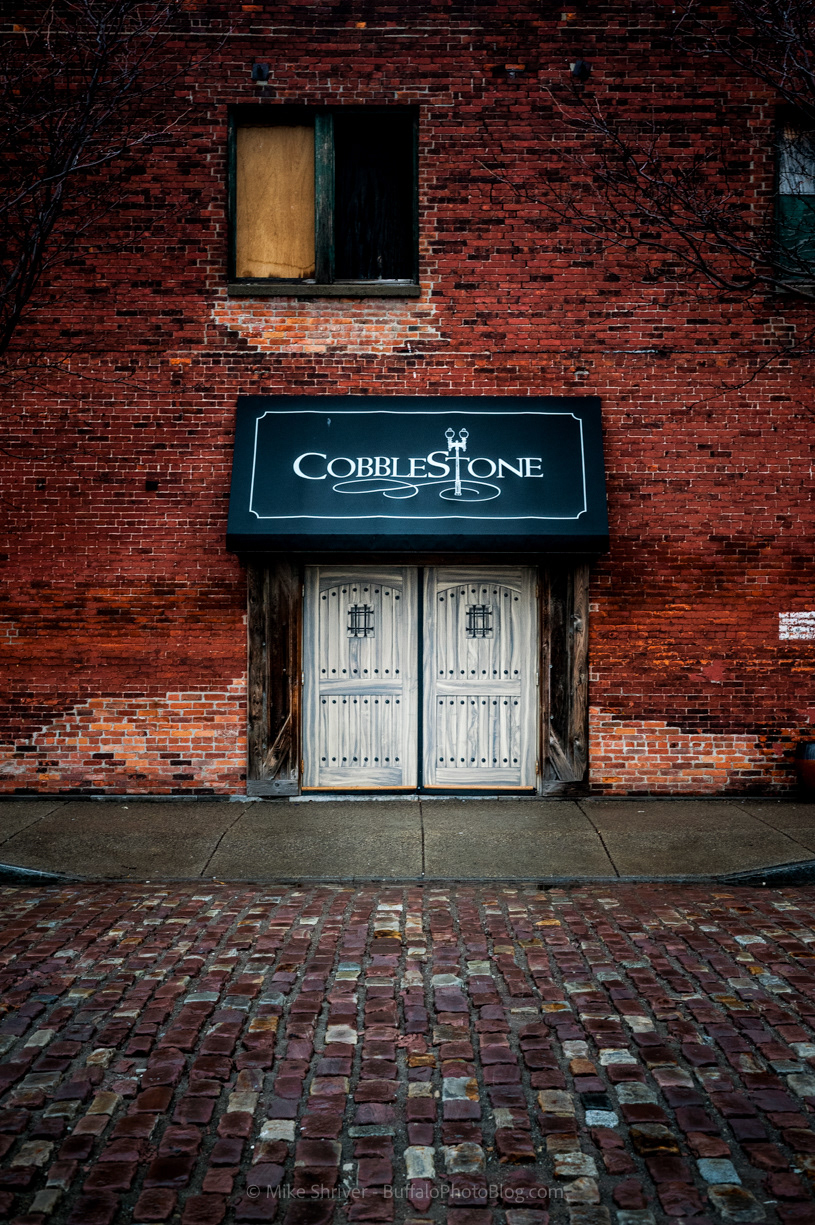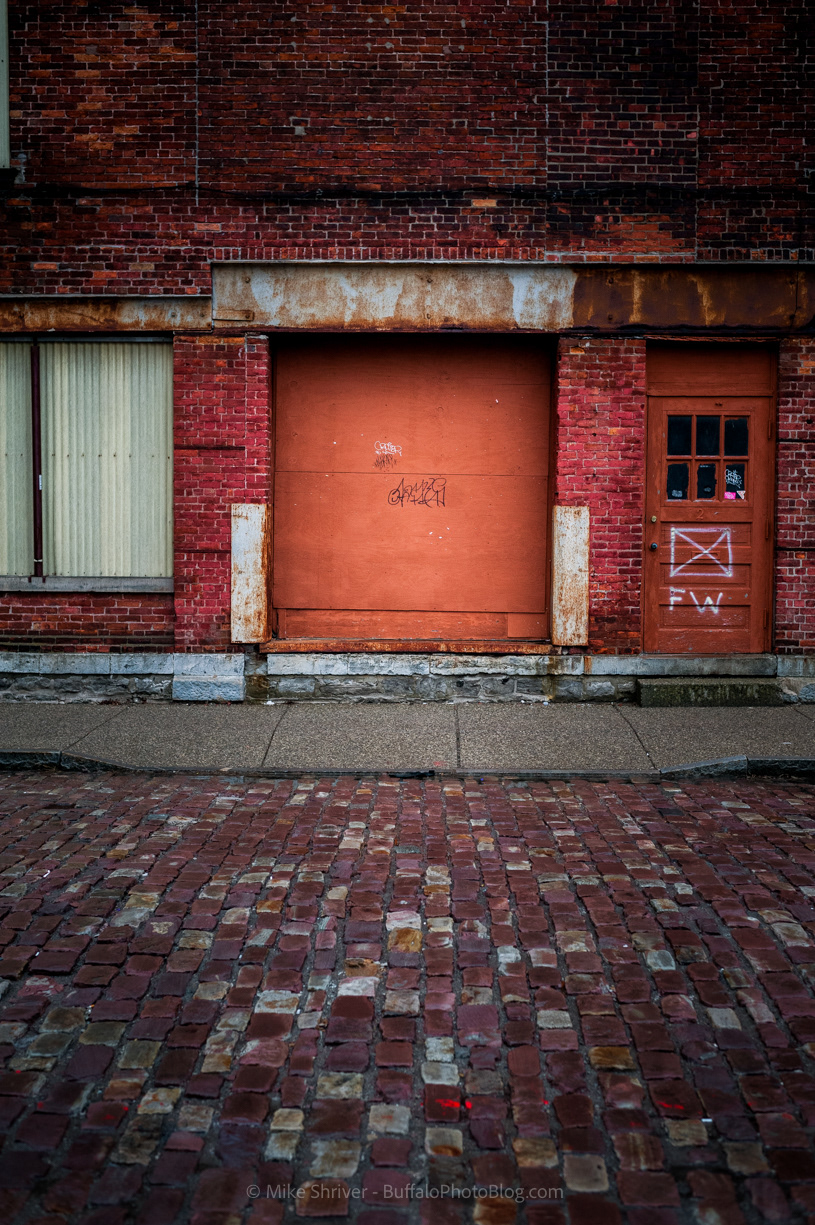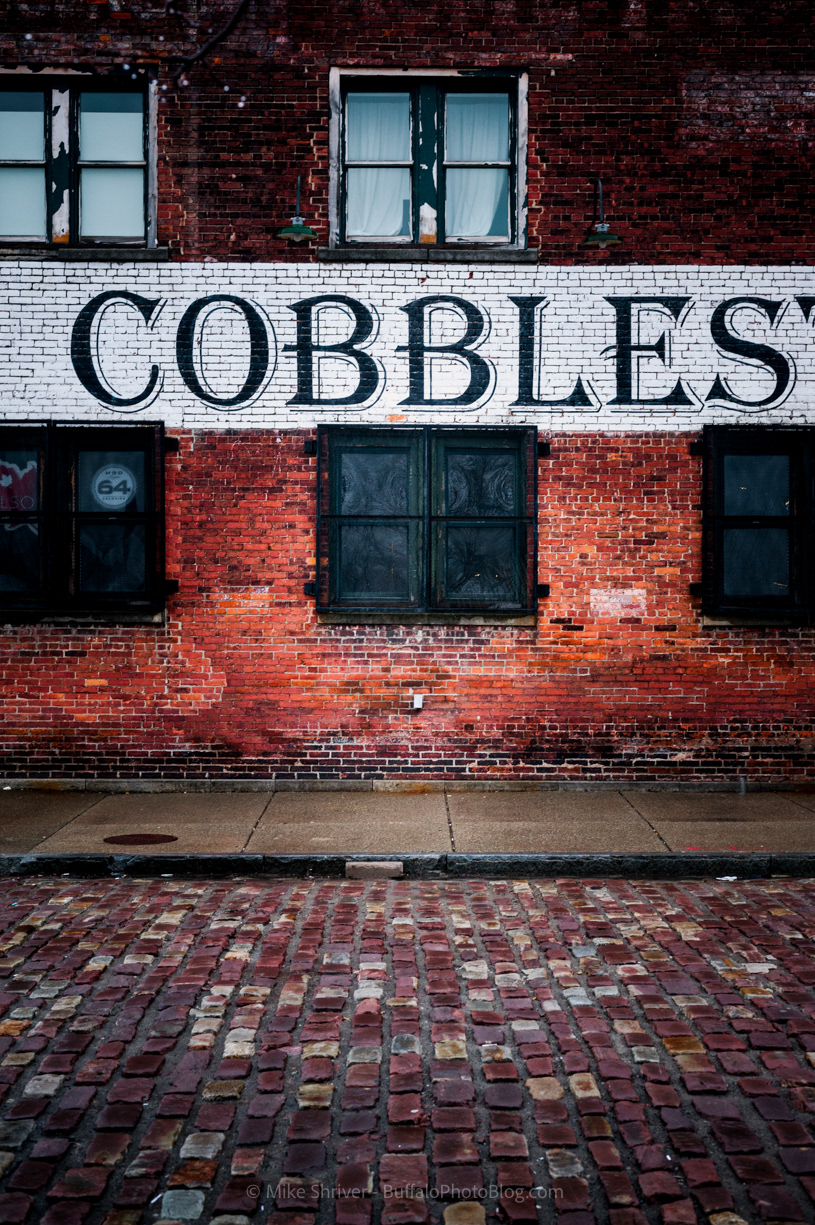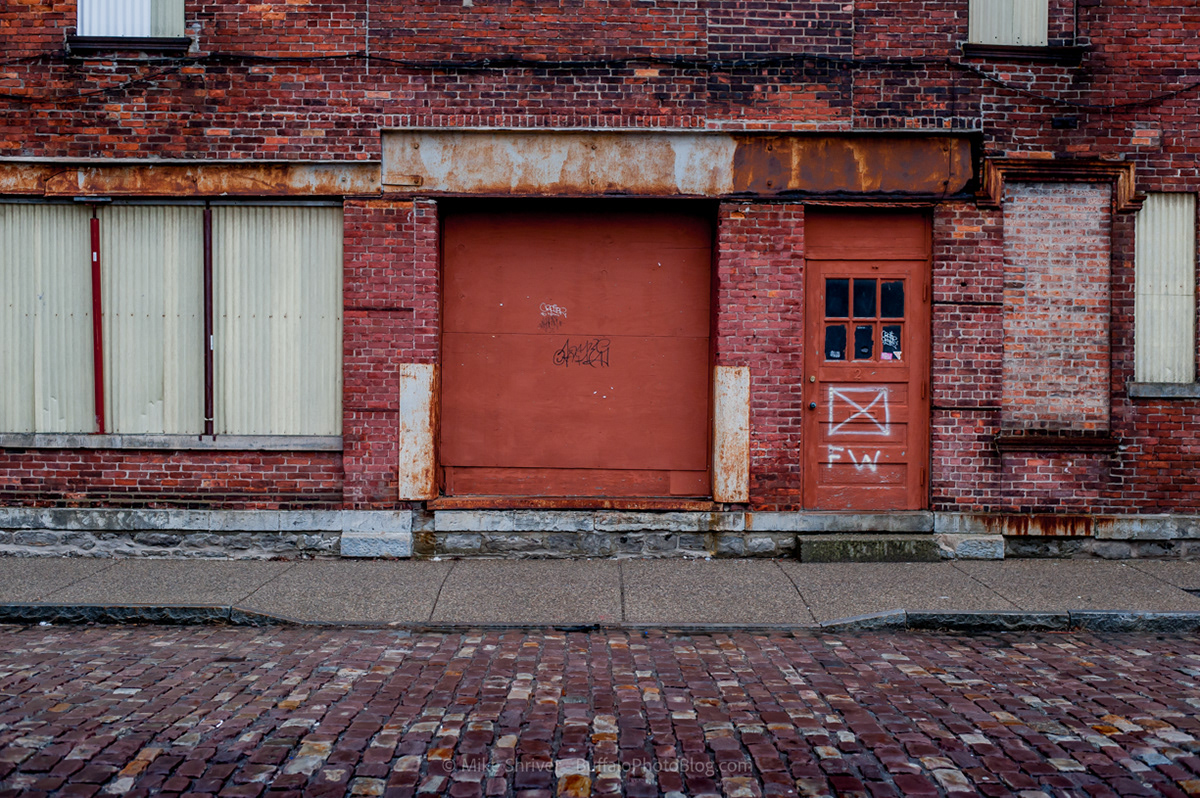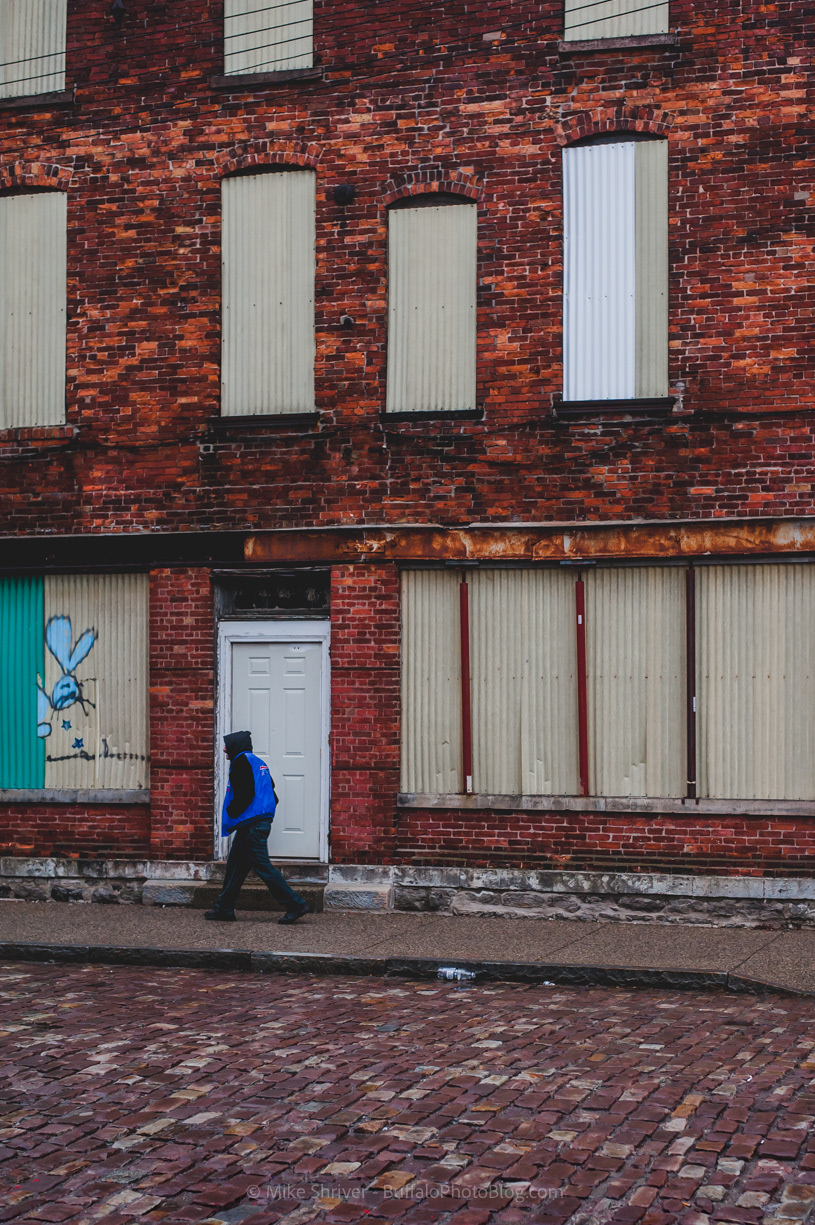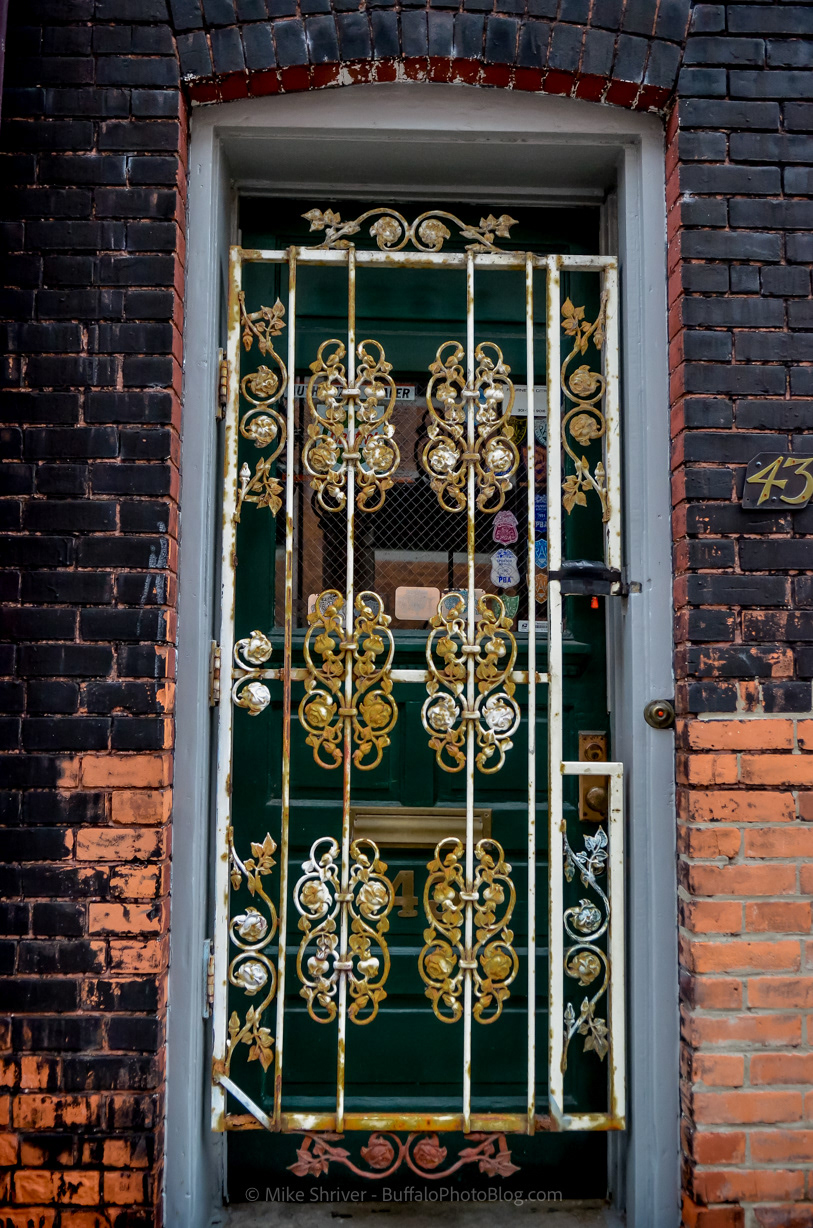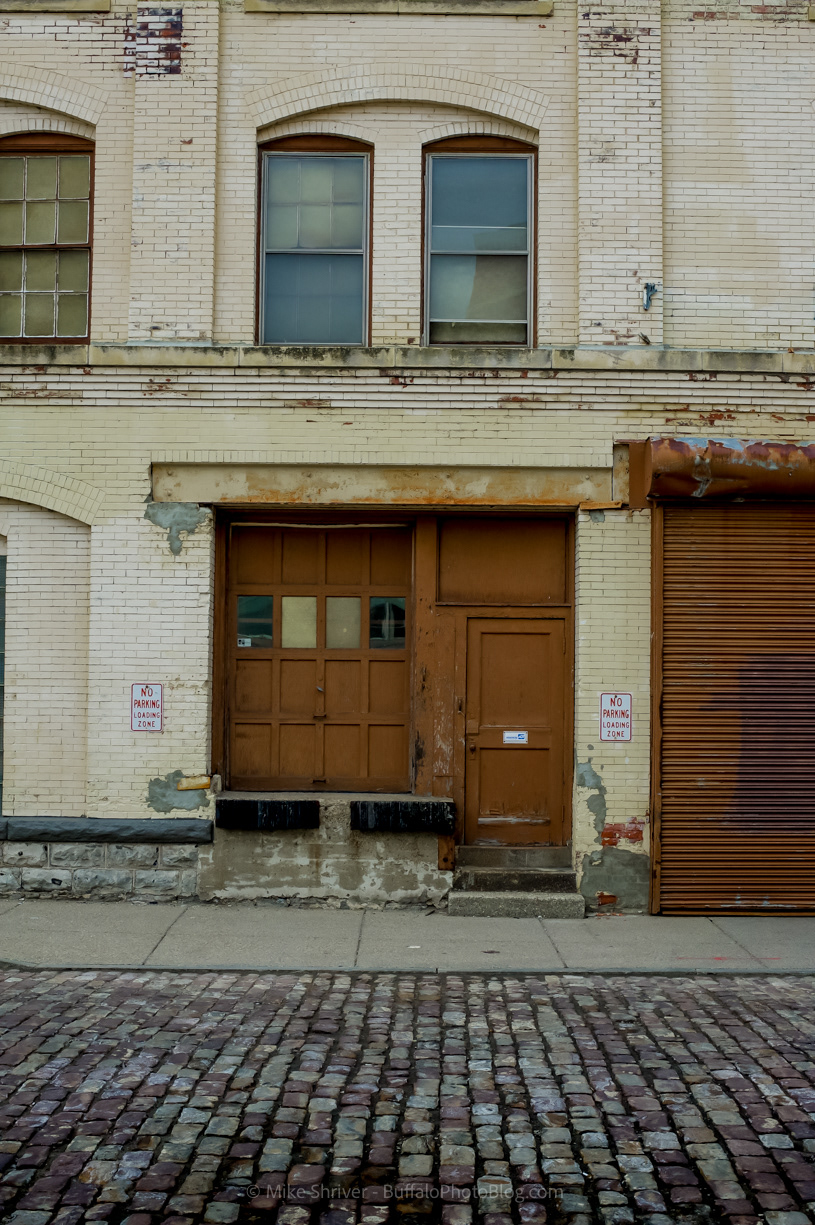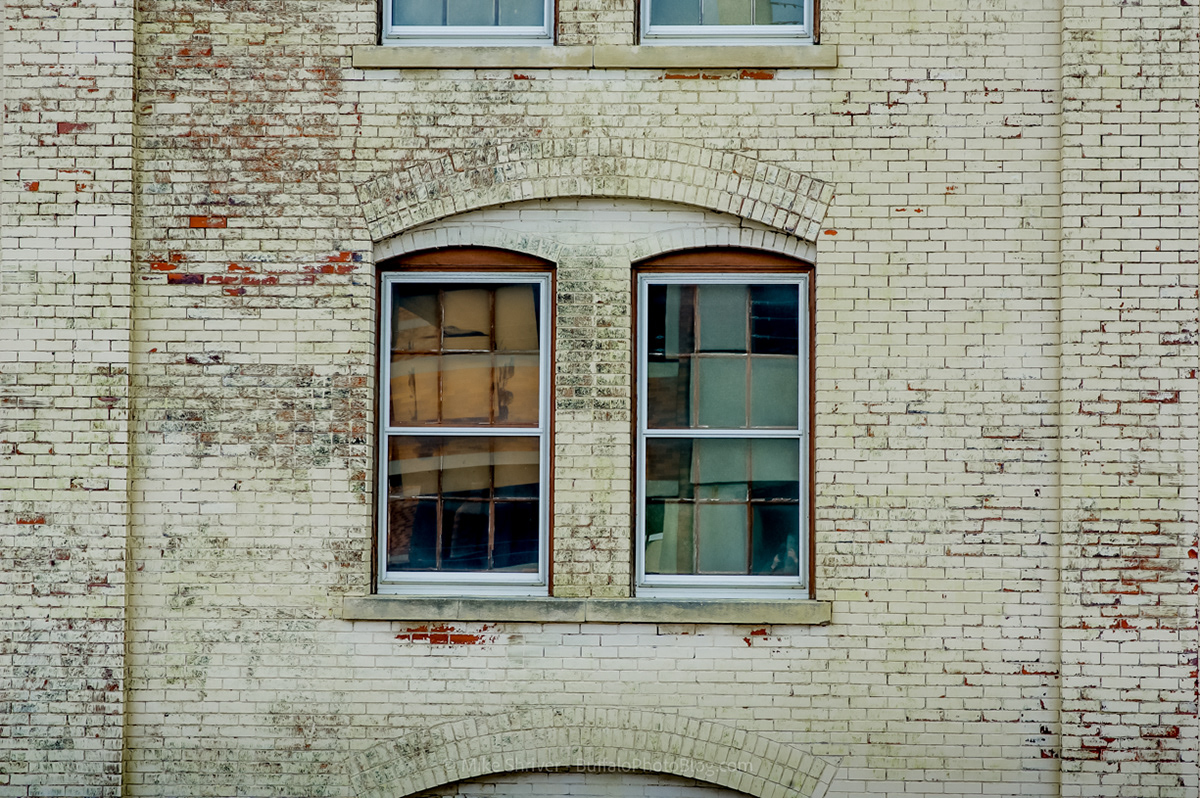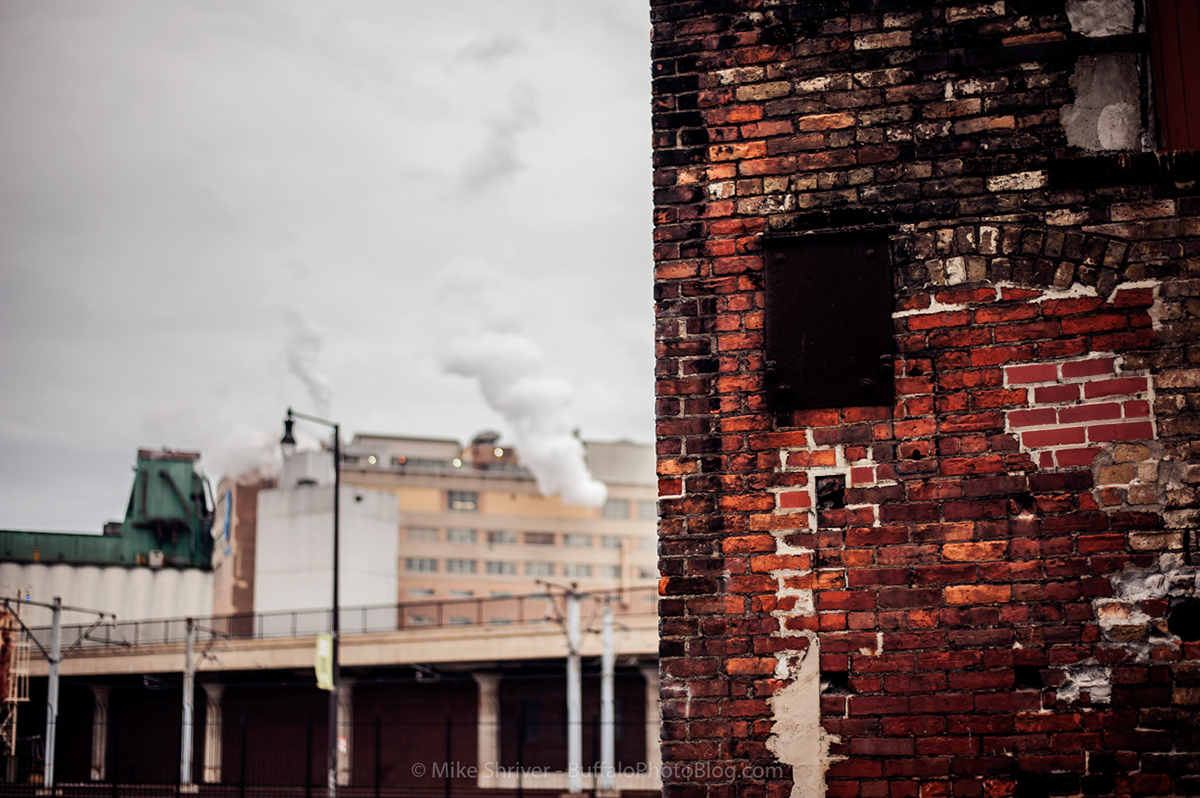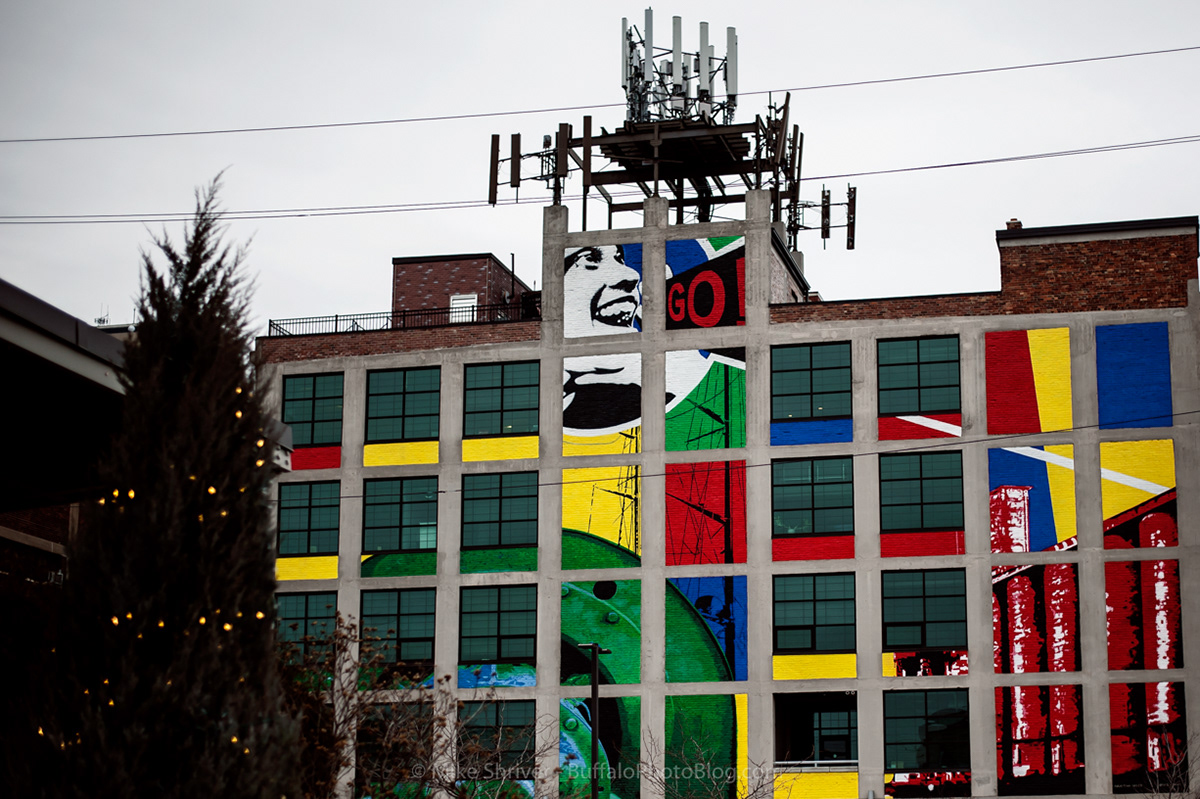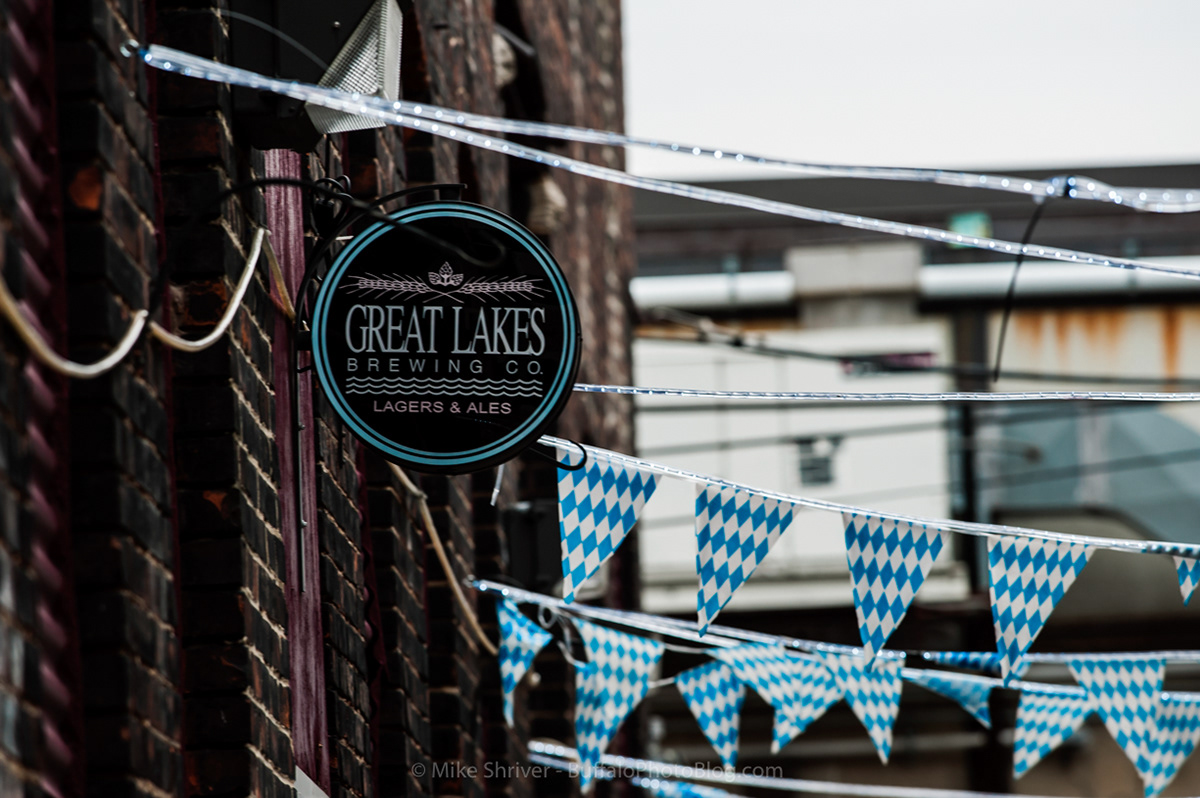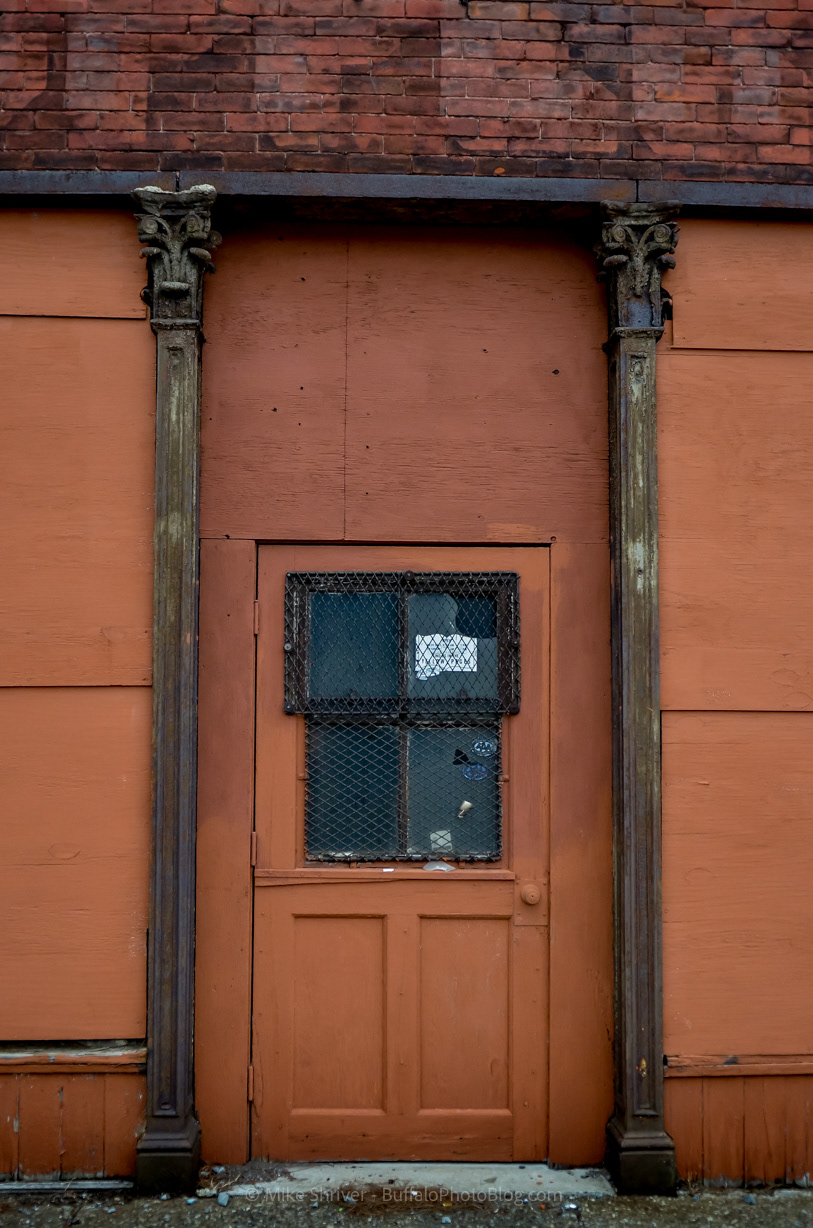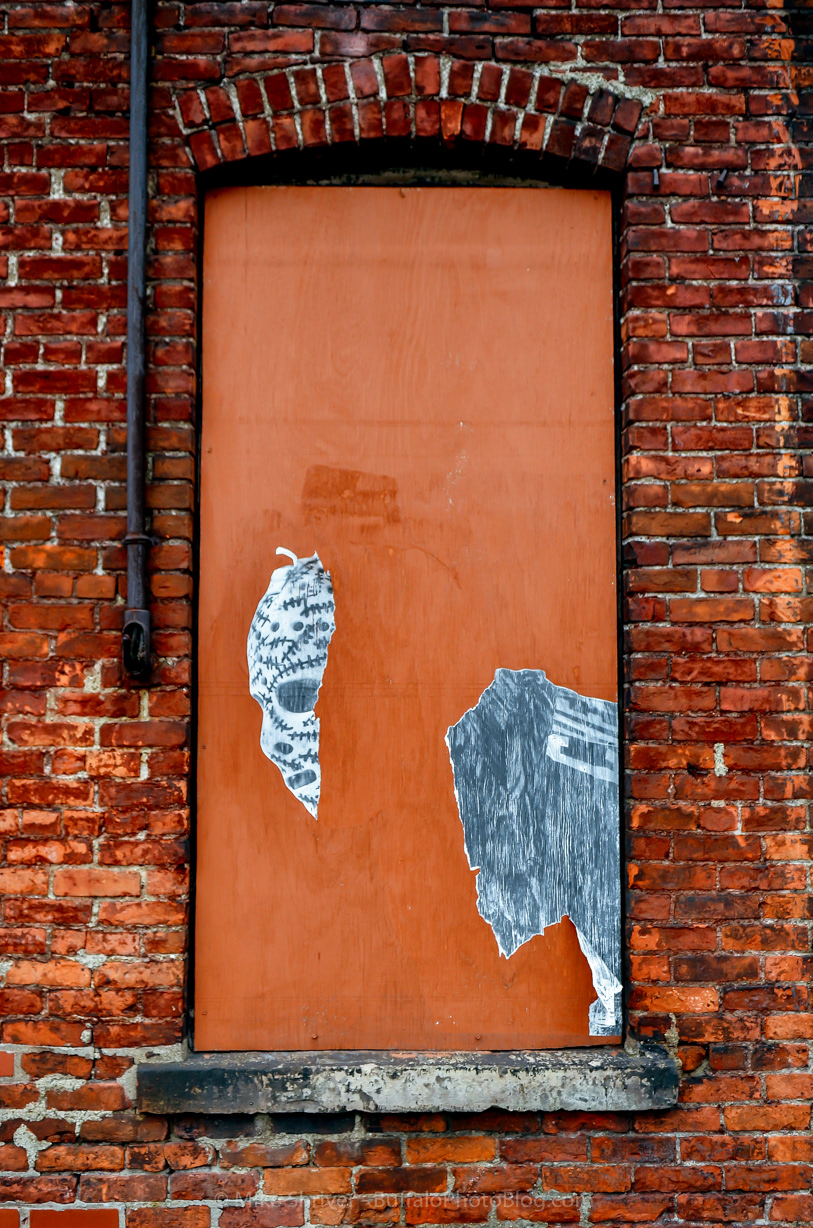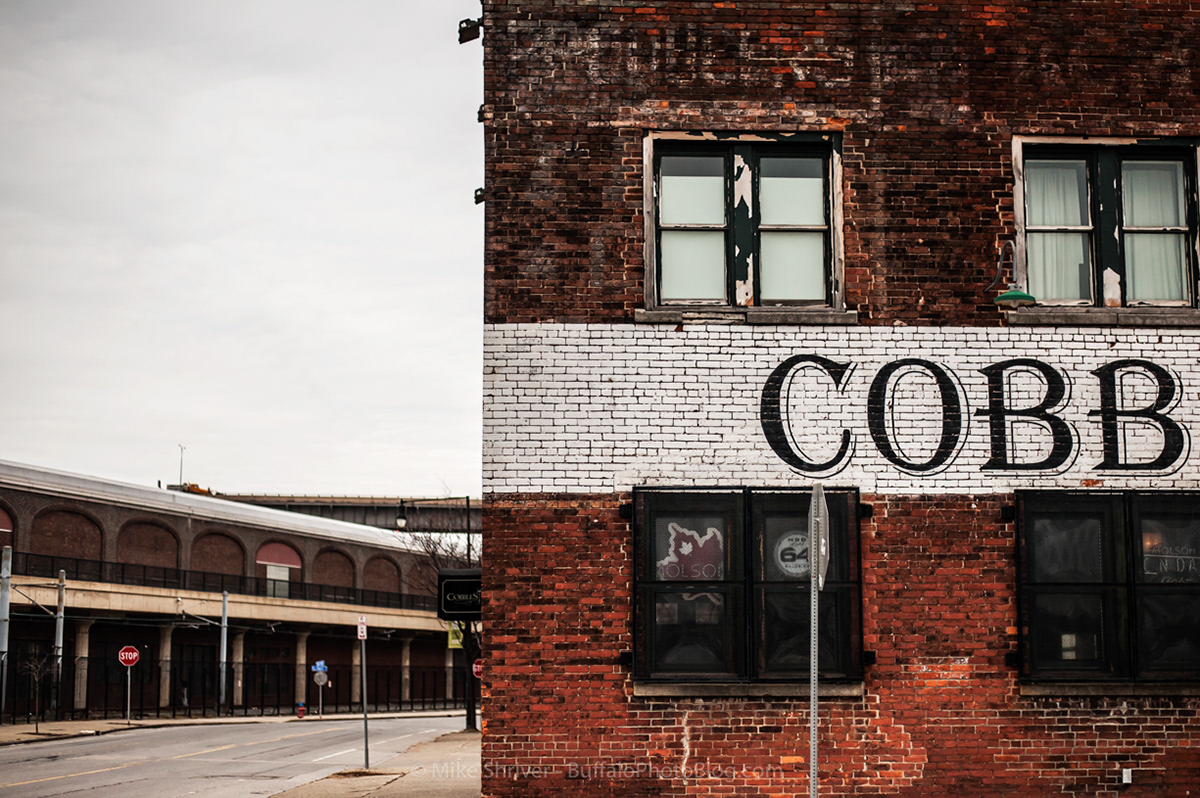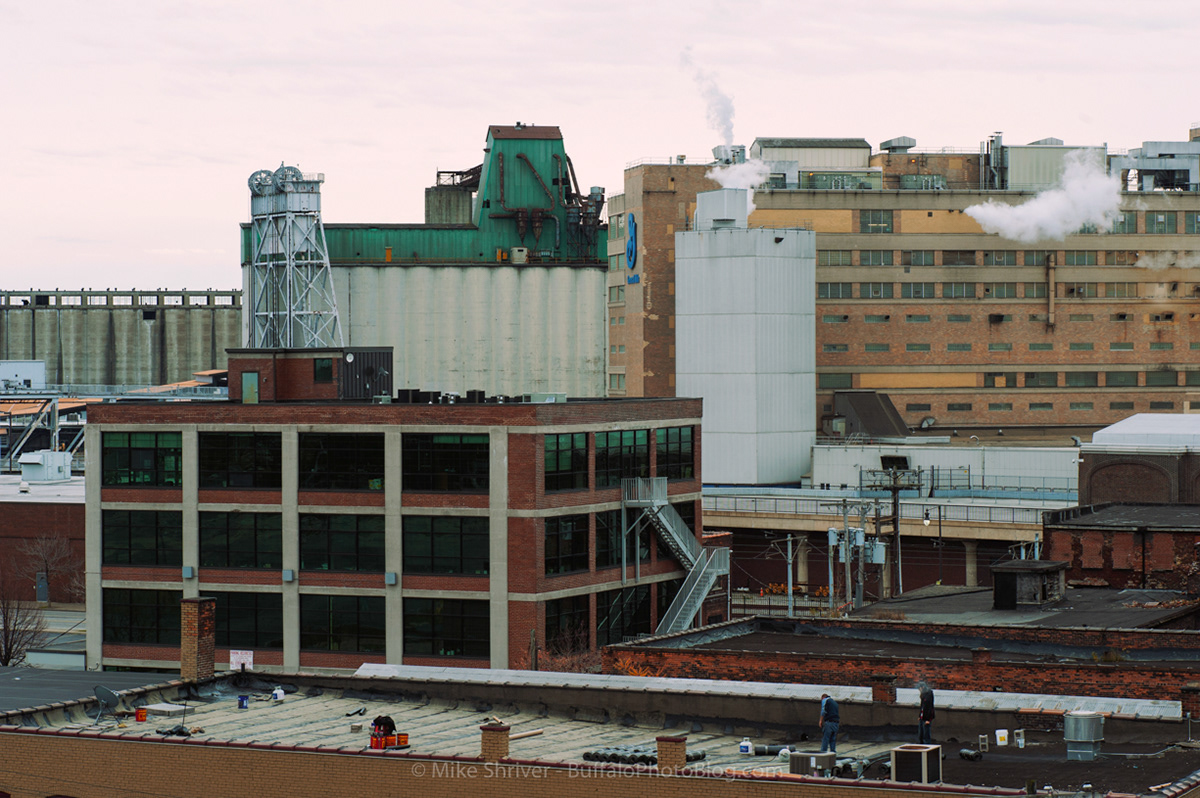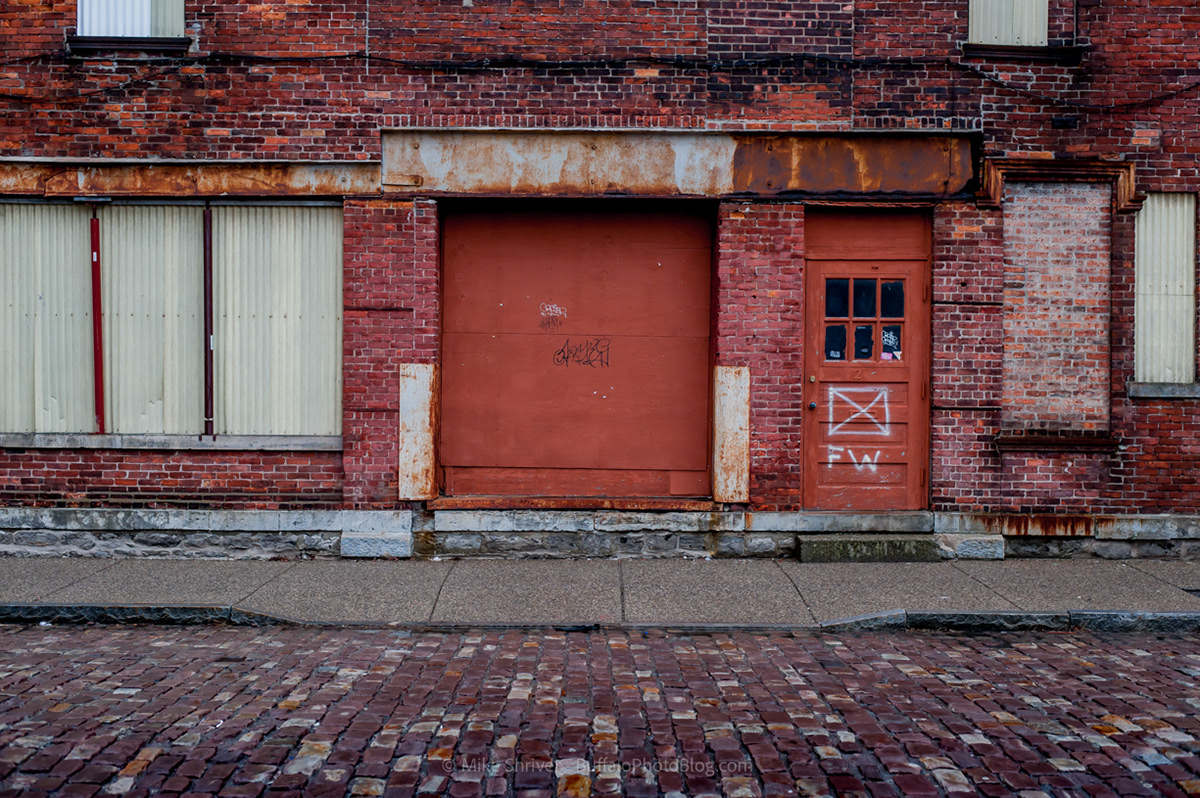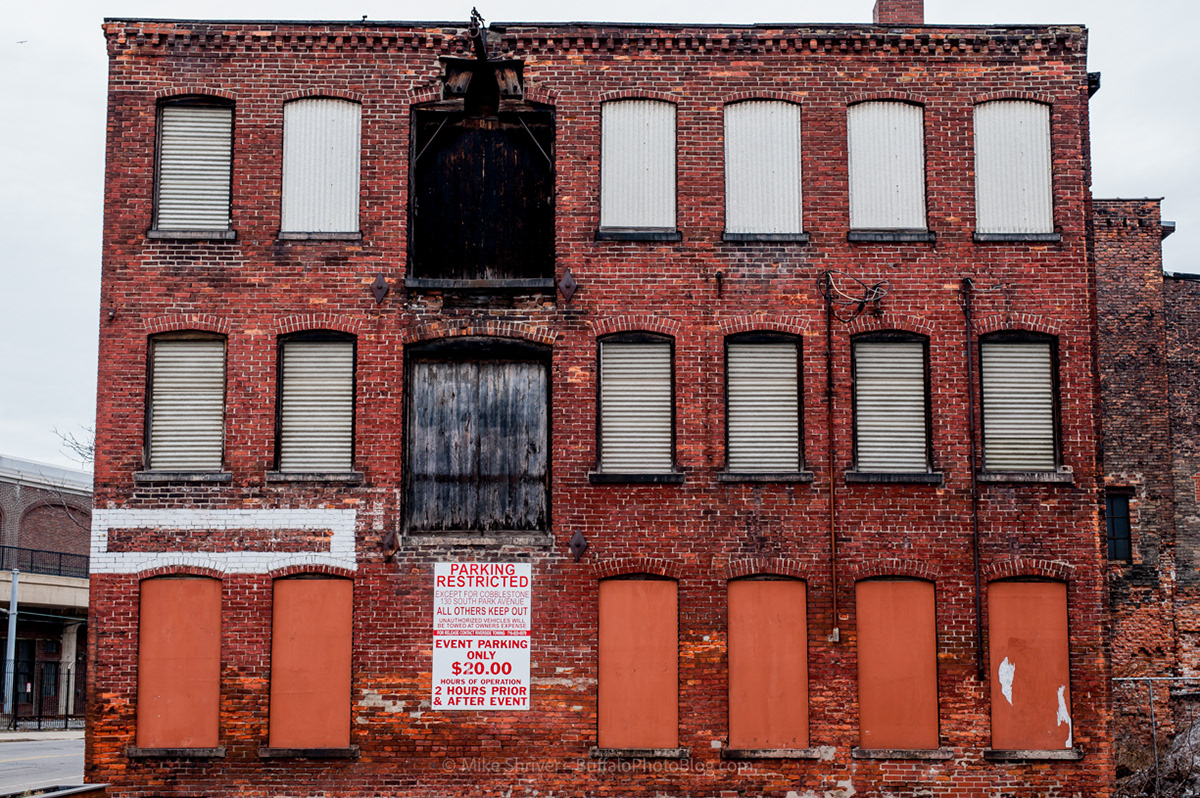Historic Cobblestone District
Location: Immediately south of downtown Buffalo, along the Buffalo River
Dates: Listed a historic district in 1994
Architecture: Pre-Civil War era commercial brick buildings
District: Cobblestone Historic Preservation District
Important Notes: The oldest surviving building was built in 1852
Kicking off the new BLOG is an article featuring the Cobblestone Historic District, a relatively well-known area of Buffalo with a rich history and at one time the center of our industrial past. Placed on the National Register of Historic Places in 2014, a plaque outside of Buffalo Iron Works reads:
"The Cobblestone Historic District survives as evidence of Buffalo's industrial history and the city's position as the grain handling hub of the Great Lakes. The district is bounded by Illinois, Perry and Columbia Streets and South Park Avenue and also includes the berth of the world's oldest working fireboat, the Edward M. Cotter, adjacent to the Michigan Avenue Lift Bridge. Some of the buildings in the district are directly tied to Buffalo's importance as an industrial and product manufacturing center before, during and after the American Civil War. The proximity of the Cobblestone District to the Erie and Hamburg Canals, the Buffalo River and the Buffalo Harbor allowed manufacturers to grow and prosper in the district into the late twentieth century. The successors to some of these businesses exist in the Cobblestone District to this day. In 2014, the National Parks Service placed the Cobblestone District on the National Register of Historic Places."
Given its location and proximity to a once massive industrial area in the Great Lakes region, the Cobblestone Historic District is home to some of the oldest buildings in all of Buffalo. 110-114 South Park Avenue is the oldest in Cobblestone, constructed in 1852 at the south end of Illinois Street. Upon closer inspection, the building boasts a ton of details you just don't see anymore: iron window lintels, gothic revival drip moldings and faded paint murals of the business names that once occupied the building years ago. Originally built for Mugridge's Steam Bakery and later a number of industrial businesses in support of Buffalo's industrial economy, it is a rare example of antebellum commercial architecture. At the time, the building had direct access to the waterfront until the construction of the DL&W Terminal in 1917, now used as NFTA storage. If you're an optimist like me, you're rooting for the rumors of turning this storage building into a mixed used property that will be open to the public down the road. One can only hope!
George Mugridge was an English immigrant who came to Buffalo in 1841 with his father, establishing several bakeries around the city of Buffalo. After George's father retired in 1850, he partnered with his friend William H. Clark and by 1852 were located at current day 110 South Park, which Clark's family owned at the time. The location was key for the business at the time due to the close proximity of grain transfer facilities as they consumed 50-60 barrels of flour per day in the business's prime.
Business quickly took off for Mugridge and Clark at their new location thanks to dozens of local shop owners and ship workers becoming loyal patrons. Their success went to another level several years thereafter, mostly due to their strategic location on the water. Exporting crackers and other goods soon became a majority of their business, securing buyers in New York City, Pennsylvania, Ohio and beyond. Mugridge and Clark eventually went their separate ways, and Mugridge purchased the building from Clark's family for himself.
In its prime, Mugridge employed 30-40 men, owned the most technically advanced equipment of its day, and used Buffalo's very first wooden grain elevator as storage for his store's supply. In 1897, Mugridge transferred ownership to his sons and several years later, they sold the business while maintaining a percentage of the stock. Mugridge Baking Company eventually went bankrupt in 1903 largely due to Nabisco's dominance in the cracker market.
Soon thereafter in 1905, 110-114 South Park gained neighbors to the north on Illinois Street which was designed by well-known architect R.J. Reidpath. This two story building was integrated with 110-114 South Park and the complex eventually housed Phoenix Die Casting Co. (who is still presently occupying part of the complex), Ford Bros., a marine machine shop, Dextro Products, Buffalo Standard Ink, Reynolds Ship Repair, and H.S. Wright Co.
Next to the Mugridge building at 118 - 120 South Park is a three story brick building originally constructed for Alexander H. Brown's brass foundry in 1869. This stretch of South Park used to be named Elk Street and Brown's original address was know as 16, 18 and 20 Elk Street at that time. Brown's business manufactured pumps, hoses, hydrants and stop valves among many other brass products. As his business established, they also began making steam whistles, water and steam gauges, and various distillery products.
Brown, originally an engineer on the Samson in the Great Lakes, survived several shipwrecks and decided to take his talents and operations to land. Purchasing the rights to the land in 1864, he partnered with McCutcheon and quickly began supplying many industrial businesses with their brass materials after the building was constructed. Peak employment levels hit over 40 associates in the late 1800's until Brown's retirement in 1889 and eventually renting the business out to Queen City Metal Company. Several others eventually rented this building, all Blacksmiths by trade. Brown's widow sold the property to WIlliam Bush in 1921, later enlarging the complex by expanding the building into the north lot. The history of this building is simply astonishing, as it served home to over a dozen Blacksmiths for a total of 125 years.
Sure, there are several other very important buildings in the Cobblestone Historic District, such as the 1914 Peerless Building on the north end of the district towards Perry and recently purchased by the Pegulas (yay!). There is also 49 Illinois Street where Buffalo Iron Works currently operates. However, most locals think of the buildings hugging the corner of Illinois and South Park as the backbone of Cobblestone.
Today, the Cobblestone Historic District gives me mixed feelings. Don't get me wrong... it is my favorite area in our great city. I love visiting this area to walk around, camera in hand, hoping to find a new angle or shot to capture. There are over 35 thriving businesses operating within the district, including Helium Comedy Club, Lockhouse Distillery, Lagerhaus 95 and Abbey Mecca & Co. You can practically taste the cheerios from the nearby General Mills factory as you walk around. You can watch the incoming traffic entering Buffalo on the Skyway in the distance. You can stumble down the numerous cobblestone streets in hope to finding some new public art. But I can't get by that half of the district is a parking lot. I selfishly wish there were dozens more of the 150 year old architecture to explore and capture, imagining what it must have looked like in the early 1900's with rows of unique and interesting buildings, bustling with foot traffic and activity, shops, etc.
This information for this article was gathered from a number of Buffalo public records. Below are a few of my favorite captures of the district, hope you all enjoy!
